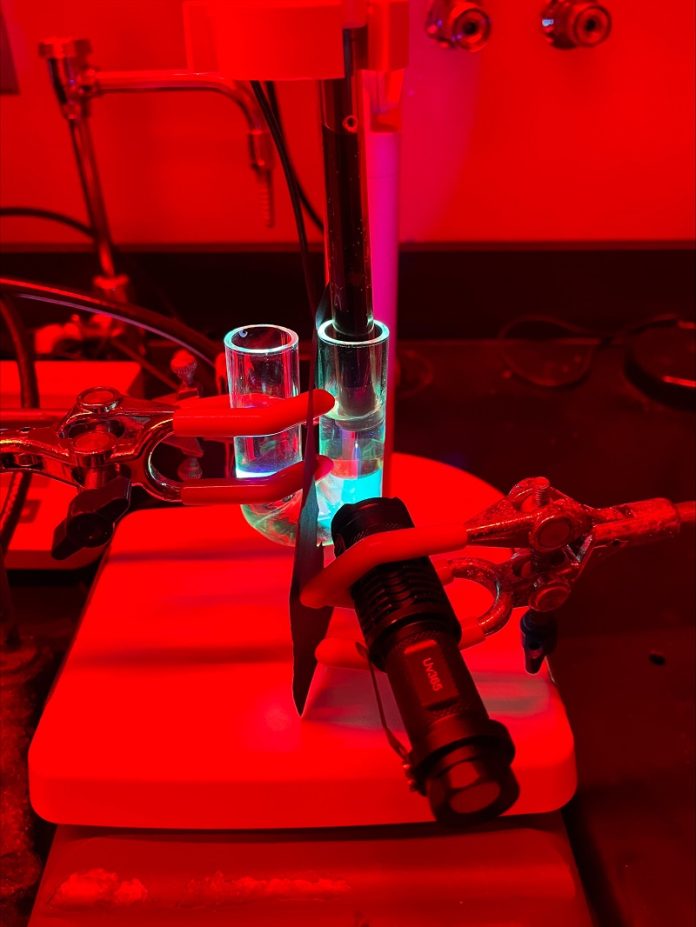
Dartmouth researchers have developed an innovative self-powered pump that uses natural light and chemistry to remove specific water pollutants.
This new technology, detailed in a report published in the journal Science, represents a significant step forward in environmental cleanup.
The pump uses light to activate synthetic molecular receptors designed to bond with negatively charged ions, also known as anions.
Anions are pollutants that can disrupt the metabolism of plants and animals.
When water enters the pump, a specific wavelength of light turns on these receptors, allowing them to capture the anions.
As the water exits the pump, a different wavelength of light deactivates the receptors, causing them to release the pollutants.
These pollutants are then trapped in a non-reactive substance until they can be safely discarded.
“This is a proof of concept that you can use a synthetic receptor to convert light energy into chemical potential for removing a contaminant from a waste source,” says Ivan Aprahamian, the study’s senior author and professor of chemistry at Dartmouth.
Right now, the pump targets pollutants like chloride and bromide, but researchers are working to expand its capabilities to other harmful substances.
These include radioactive waste and agricultural runoff pollutants like phosphates and nitrates, which cause large dead zones in bodies of water.
Aprahamian envisions a future where multiple receptors, each activated by different wavelengths of light, could be used in the same solution to target and collect various anions separately.
The synthetic receptor’s unique ability to trap and release negatively charged molecules allowed researchers to move chloride ions from a low-concentration solution to a high-concentration solution across a membrane. In a 12-hour period, they moved 8% of chloride ions against the concentration gradient, purely powered by light.
This breakthrough is particularly significant for two reasons. First, stormwater carrying road salt can raise chloride levels in waterways during winter, harming plant and animal life. Second, chloride ion transport is crucial for healthy cell function in humans.
For instance, cystic fibrosis is caused by cells being unable to pump out excess chloride, leading to severe health issues.
The research team found that the chloride ions traveled almost 1.4 inches—the width of the membrane—fueled solely by light. Aprahamian likened this to kicking a soccer ball the length of 65,000 football fields, relative to the receptor’s tiny size.
The concept for this pump came from Ph.D. student Baihao Shao, who enhanced the hydrazone receptor so it could collect and release anions when switched on and off by light. Despite initial skepticism from Aprahamian, Shao’s persistence paid off.
The receptor is not only controlled by renewable light energy but is also relatively easy to create and modify. Researchers used a technique called “click chemistry” to stitch the receptors together, a method that earned chemist Barry Sharpless, a Dartmouth graduate, a Nobel Prize.
This study highlights the potential of molecular machines, which are abundant in nature and perform many vital functions in cells. Scientists hope to mimic these biological processes using sunlight to create self-sustaining filtration systems for environmental cleanup.
“We want to mimic such biological processes, using sunlight as the energy source to create autonomous and self-sustaining filtration systems,” Aprahamian says.



